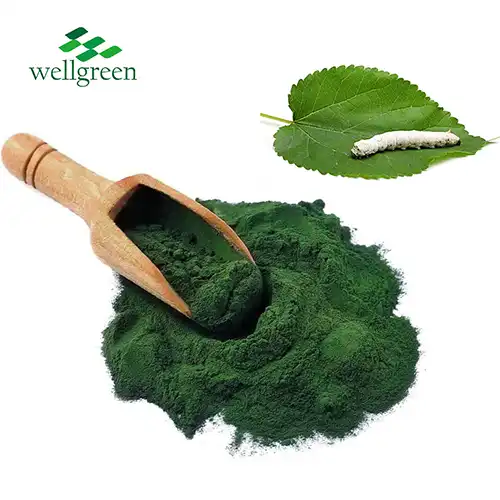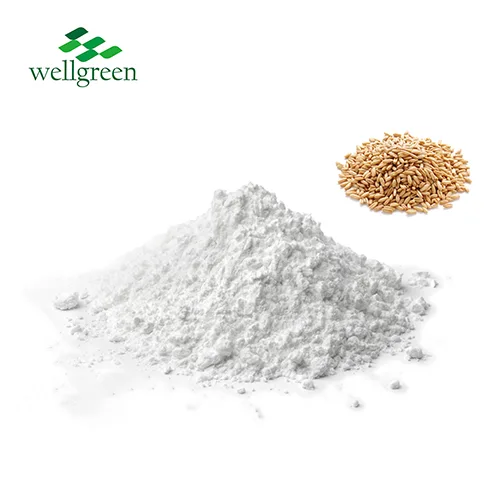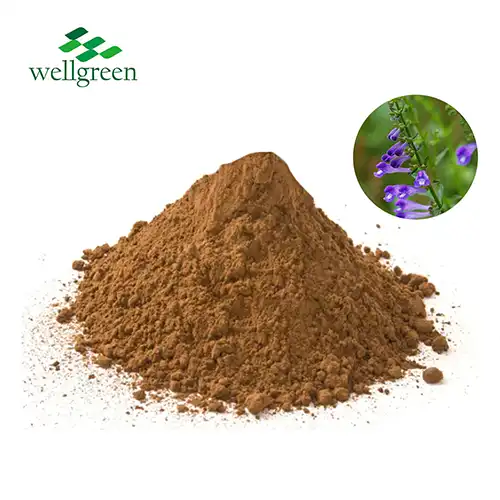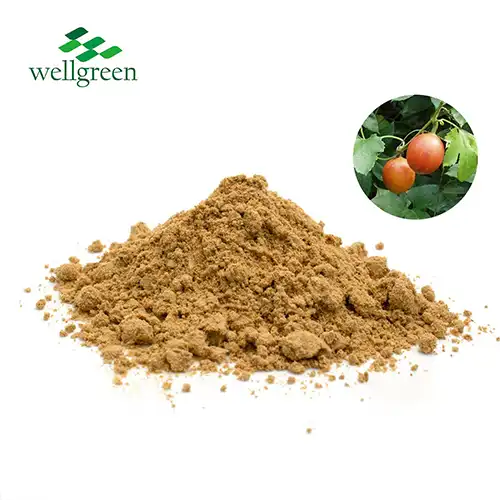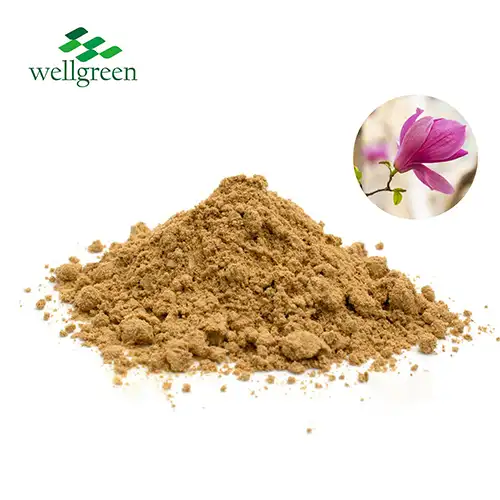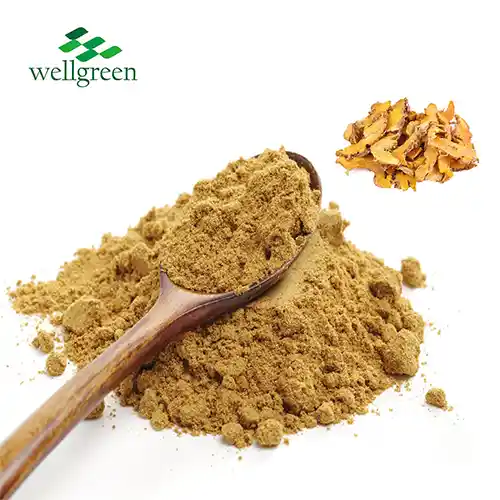How to Make Bamboo Leaf Extract?
2023-11-23 09:58:59
Bamboo leaf extract is gaining popularity for its potential health benefits, including antioxidant, anti-inflammatory and antimicrobial properties. Many parts of the bamboo plant, including the leaves, have been used in traditional Asian medicine for centuries. This article provides a step-by-step guide on how to make your own bamboo leaf extract at home using simple ingredients and equipment.
Introduction
Bamboo leaves contain a variety of active compounds such as flavonoids, phenolic acids, lignin, and phytosterols that are associated with several therapeutic effects. Research shows that bamboo leaf extracts exhibit strong antioxidant capacities that can help counteract oxidative stress and free radical damage in the body. The anti-inflammatory qualities of bamboo leaves may also promote joint, digestive, and cardiovascular health.
Making homemade bamboo extract allows you to control the ingredients and customize the extract to suit your needs. While commercial extracts may provide convenience, DIY methods can yield a more potent product. The purpose of this article is to outline an easy bamboo leaf extraction process using evidence-based information from top natural health websites.
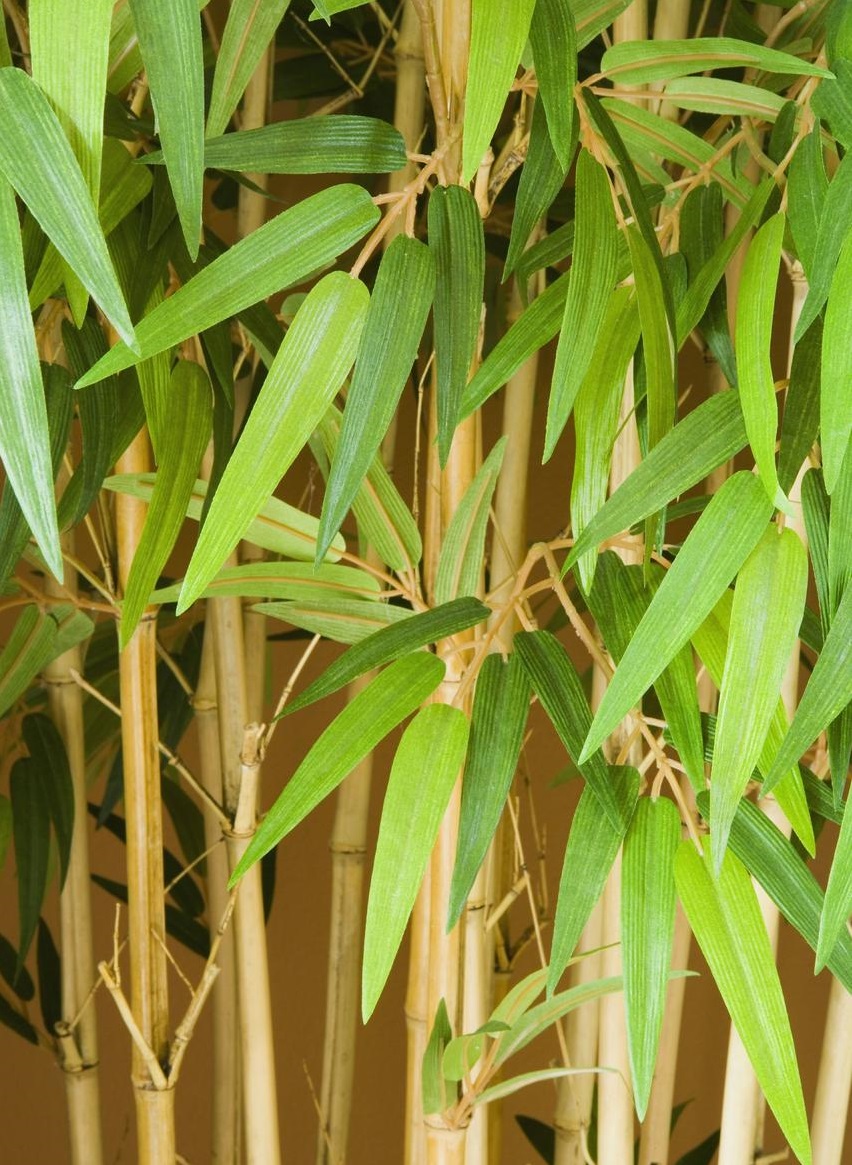
Understanding Bamboo Leaf Extract
Bamboo leaf extract is a concentrated liquid made by steeping bamboo leaves in water, alcohol, or vinegar. It contains bioactive plant compounds that provide medicinal and health benefits. Flavonoids like orientin, isoorientin, and vitexin account for the antioxidant activity of bamboo leaves. The phenolic acid content also contributes to the extract's anti-inflammatory effects.
In traditional Chinese medicine, bamboo leaf tea or decoctions have been consumed for centuries to promote healthy circulation and vitality. Modern research shows promise for bamboo leaves to support heart health, soothe digestive issues, boost immunity, and enhance skin radiance when applied topically. The extract may also aid respiratory conditions, mouth ulcers, and wound healing.
When creating DIY bamboo leaf extract, use young, organic leaves from non-toxic bamboo species like Bambusa vulgaris or Phyllostachys edulis. Older leaves may be tough and lack vital nutrient content.
Selecting and Preparing Bamboo Leaves
Pick healthy, vibrant green bamboo leaves that show no signs of wilting or discoloration. The leaves should be tender but sturdy. For wild bamboo, select young leaf shoots in the spring season. You can also purchase fresh bamboo foliage from reputable nurseries. Ensure the leaves are grown organically without pesticides.
Wash the leaves thoroughly under cool running water to remove any debris. Gently pat dry with paper towels. Inspect the leaves and discard any that are damaged. The preparation is the same whether using fresh or dried leaves.
Preparing Bamboo Leaf Extract
Follow these simple steps to make nutrient-rich DIY bamboo leaf extract:
Step 1: Cleaning and Drying Bamboo Leaves
Rinse the bamboo leaves well and check for insects or dirt. Soak the leaves in a sink or bowl filled with cold water for 15 minutes. This helps remove residual dust and organisms. Drain and gently pat the bamboo leaves dry with a towel.
To dry fresh bamboo leaves, spread them out in a single layer on trays. Dehydrate either in a food dehydrator at 95-100°F for several hours or in the oven on the lowest temperature setting with the door ajar. The leaves are ready when crisp and brittle. Store dried leaves in an airtight jar away from light.
Step 2: Grinding or Chopping Bamboo Leaves
Break down the cell walls of the bamboo leaves to release their beneficial compounds. For powdered extract, pulverize dried leaves into a fine powder using a blender or food processor. Or grind leaves using a mortar and pestle (12). For chopped extract, stack fresh or dried leaves then roll and slice into thin strips.
Step 3: Extracting Bamboo Leaf Compounds
You can make a simple tea by steeping the leaves in hot water for 15-20 minutes. However, extracting the bioactive constituents requires more precision.
Water extraction: Place chopped or powdered bamboo leaves in a glass jar. Add hot (not boiling) water at a 1:4 ratio, so 1 cup of leaves to 4 cups of water. Steep for 45-60 minutes. For a stronger concentrate, steep overnight in the refrigerator.
Alcohol extraction: Use a 25% alcohol solution by mixing 1 part drinking alcohol with 3 parts water. For 1 cup of bamboo leaves, add 4 cups of the alcohol solution. Steep in an airtight jar for 4-6 weeks, shaking daily. Keep the jar in a cool dark place.
Step 4: Straining and Storing Bamboo Leaf Extract
Line a mesh strainer with cheesecloth and place over a bowl. Carefully pour the bamboo leaf infusion through to filter out any loose particles. Squeeze the cheesecloth to extract all the liquid. Discard the used leaves.
Transfer the strained extract into sterilized glass bottles or jars. Make sure there is no plant sediment at the bottom. Store the extract in the refrigerator for up to 6 months. Shake well before each use.
Tips and Variations
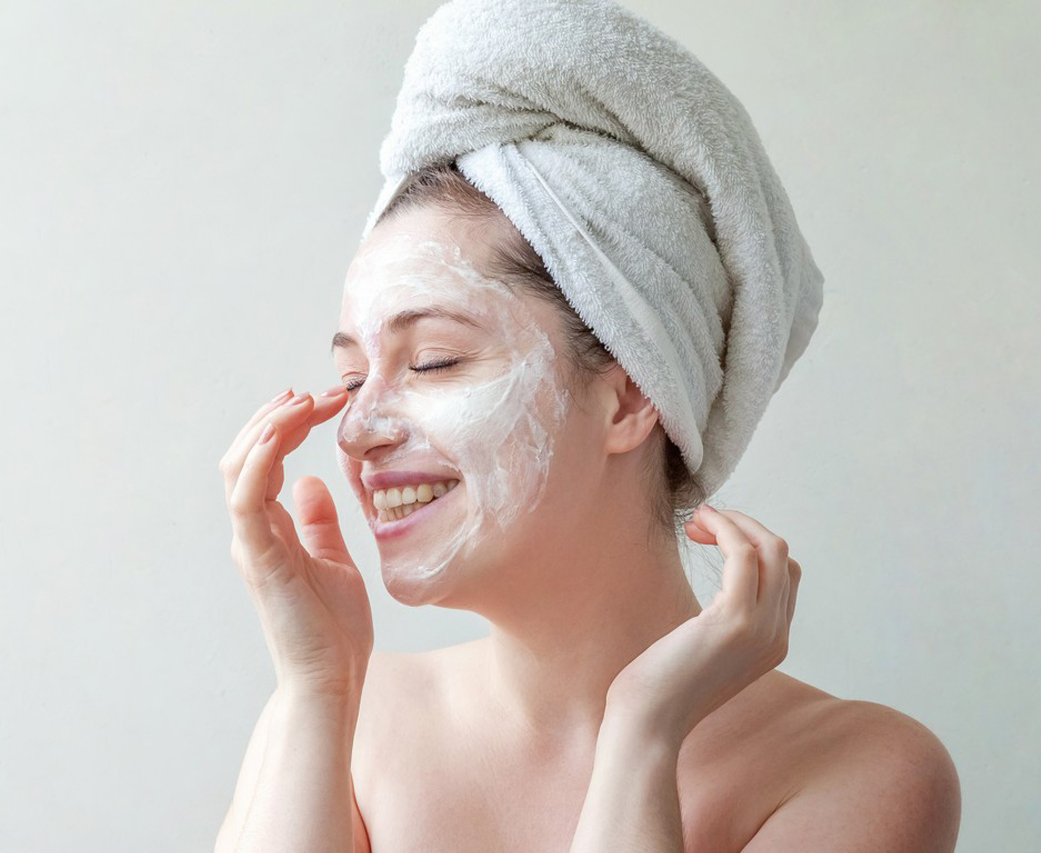 Add natural preservatives like vitamin E oil or grapefruit seed extract to help extend the shelf life.
Add natural preservatives like vitamin E oil or grapefruit seed extract to help extend the shelf life.
-Infuse the extract with complementary herbs like turmeric, ginger, or lemongrass.
-For an aloe vera bamboo leaf extract, blend in aloe gel after straining.
-Customize the extract's strength by adjusting the ratio of leaves to water.
-Alter the flavor with citrus fruits, honey, or culinary herbs and spices.
Safety Precautions and Considerations
-Conduct a skin patch test before topical use to check for allergic reactions.
-Start with small doses internally and discontinue if any discomfort occurs.
-Pregnant or nursing women should exercise caution and consult a doctor first.
-Store extract out of reach of children and label bottles clearly.
-Not all bamboo species are safe for consumption, so properly identify the leaves.
How do you extract silica from bamboo leaves?
To extract silica from bamboo leaves, boil a large amount of leaves in water for 30-60 minutes. Allow to cool and strain out the leaves. Add hydrochloric acid to the liquid until it reaches a pH of 2-3. Let the acidified liquid sit for 12-24 hours. Filter the liquid again and discard any precipitate that forms on the bottom. Slowly add sodium hydroxide to the liquid until it reaches a neutral pH of 7. This will cause the silica to precipitate out of the solution. Allow the precipitate to settle completely, then carefully pour off the remaining liquid. Spread the silica precipitate out to dry before use.
What is a bamboo leaf extract good for?
Research indicates Bamboo Shavings Extract may offer several health benefits:
-Powerful antioxidant and anti-inflammatory properties to reduce oxidative stress.
-Supports cardiovascular health by improving circulation and lowering blood pressure.
-Boosts immune function and enhances immunity against infections.
-Aids digestion and eases stomach inflammation associated with ulcers or irritable bowel syndrome.
-Promotes weight loss by suppressing appetite and enhancing fat metabolism.
-Anti-microbial effects help combat bacteria, viruses, and fungal overgrowth.
-Detoxifying qualities from high chlorophyll content improve liver and kidney function.
-Soothes respiratory issues and relieves symptoms of colds, allergies, and asthma.
-Applied topically, can improve skin health, accelerate wound healing, and reduce signs of aging.
How do you use bamboo extract?
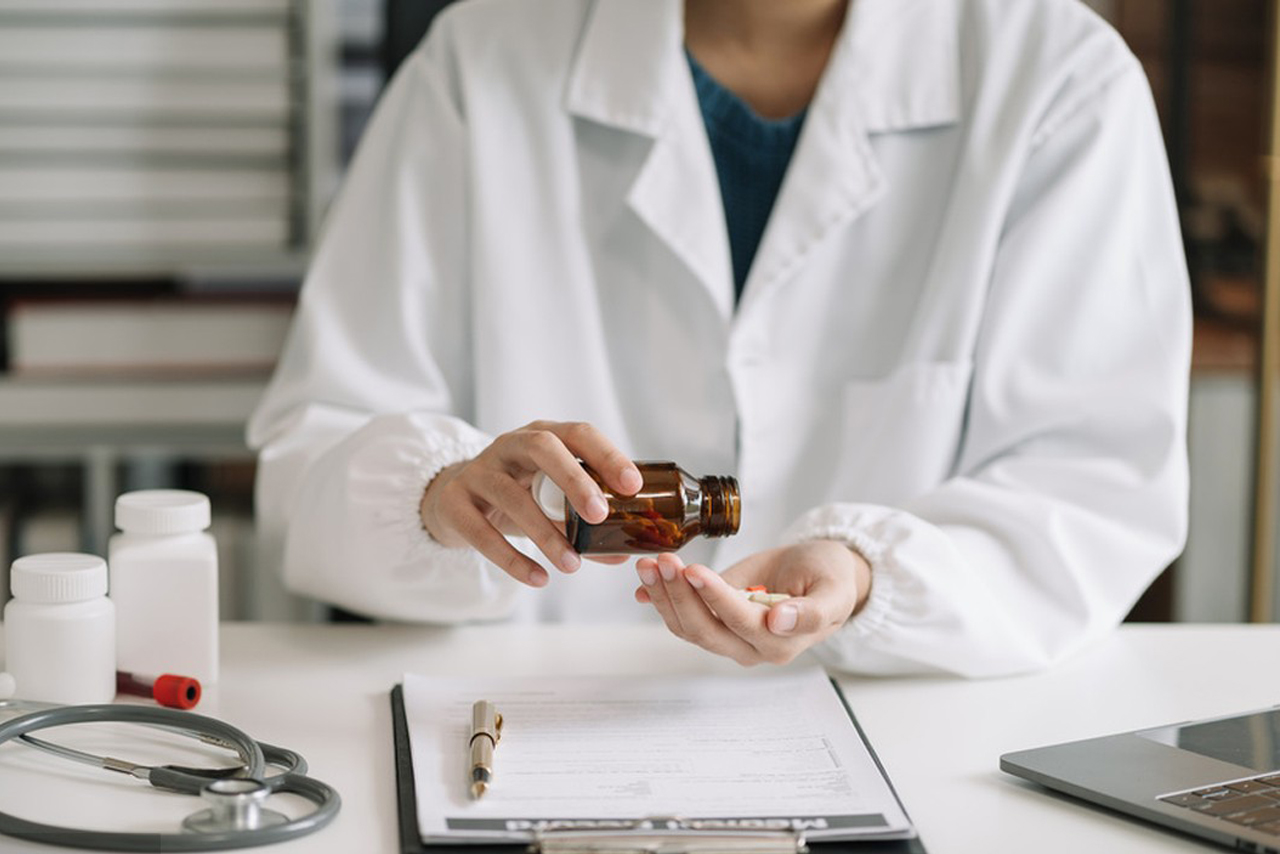 There are several ways to use bamboo leaf extract:
There are several ways to use bamboo leaf extract:
-Add 1-2 teaspoons to smoothies, juices, water or tea.
-Take 20-30 drops diluted in water 2-3 times daily.
-Use as a natural supplement for immune support or digestive health.
-Apply topically to the skin, especially after cleansing.
-Make a bamboo leaf poultice to treat wounds, rashes, or infections.
-Mix with lotions, creams, or cosmetic products like face masks.
-Add to bath water for an antioxidant and anti-inflammatory soak.
-Use as a mouth rinse to manage oral infections and ulcers.
-Diffuse 10-15 drops in a vaporizer or humidifier.
Always start with small doses to gauge tolerance, especially when ingesting internally.
Does bamboo extract go bad?
Properly stored bamboo leaf extract has a long shelf life but can eventually degrade in quality and potency. Signs that bamboo extract power has spoiled include:
-Change in color from green to brown, black or grey
-Cloudy appearance instead of a transparent liquid
-Development of molds, sediments, or strange odors
-Extract separating into layers or becoming foamy
-Significant deterioration in taste with bitter, sour, or unpleasant flavors
To extend the shelf life, store bamboo extract in the refrigerator after opening. Tightly cap the bottles and keep them away from light and moisture. Add natural preservatives if making larger batches. Properly stored, bamboo extract can remain effective for up to 1-2 years (26). Discard if you observe any of the signs of spoilage.
Conclusion
Bamboo leaf extract is simple to make at home with minimal equipment required. While commercial supplements provide an easy option, DIY methods allow you to control the purity and potency. Bamboo leaves contain an abundance of polyphenols, flavonoids, and other compounds that offer a variety of potential wellness benefits. Follow the proper extraction methods and safety precautions to yield a quality homemade extract. Consider customizing your recipe over time to create the perfect extract to support your health needs.
WELLGREEN is an innovation-driven manufacturer of herbal extracts since 2011 certified by ISO9001:2015, ISO22000, HALAL, KOSHER, HACCP, and Organic Certificate. If you need Bamboo Leaf Extract, please contact us immediately, E-mail:wgt@allwellcn.com We can supply customized service as per your request.
References
1. https://pubmed.ncbi.nlm.nih.gov/28278859/
2. https://www.ncbi.nlm.nih.gov/pmc/articles/PMC5632325/
3. https://pubmed.ncbi.nlm.nih.gov/22474478/
4. https://pubmed.ncbi.nlm.nih.gov/21485307/
5. https://www.verywellhealth.com/the-benefits-of-bamboo-leaves-89042
6. https://pubmed.ncbi.nlm.nih.gov/28278859/
7. https://pubmed.ncbi.nlm.nih.gov/22474478/
8. https://millenniumherbal.com/bamboo-extract/

